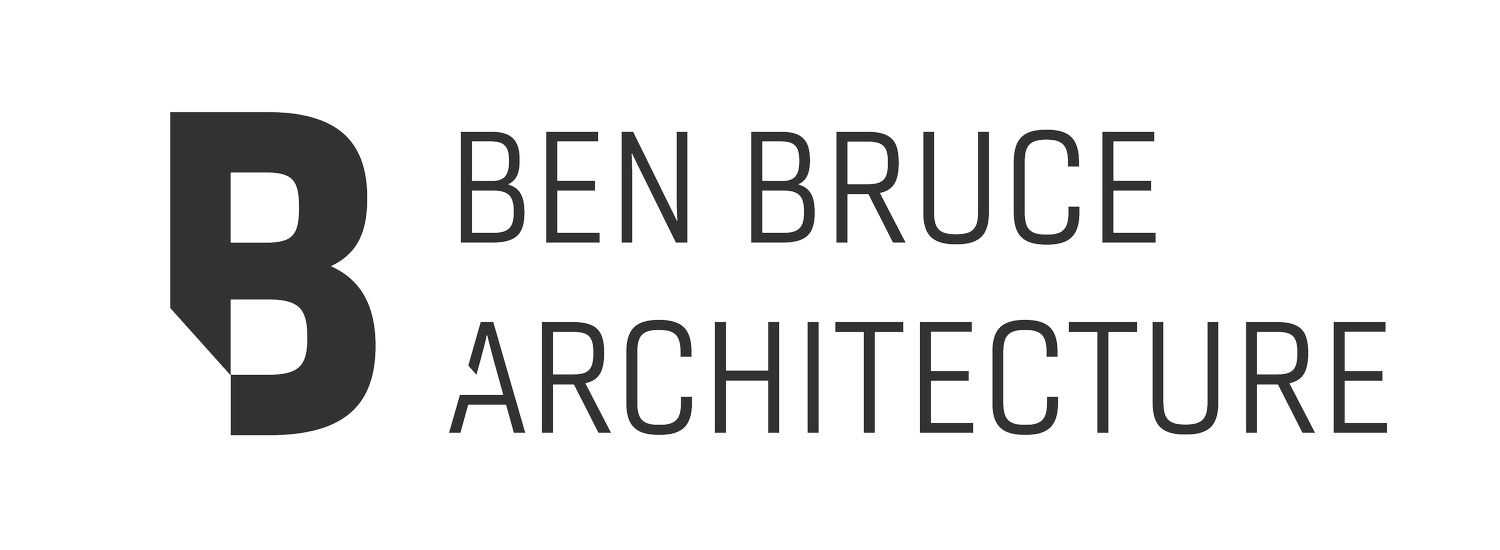Design, Formal Language, and Shape Language
As I work professionally as an architectural designer, I’ve accumulated habits, skills, techniques, and methods of many kinds in order to develop a project.
As an artist, and as a designer with interests in industrial design, concept art, automotive design and otherwise, I often look to all types of practicing professionals for inspiration. I find the techniques of concept artists and industrial designers are inspiring, and often the thinking is driven by capturing a kind of subjective beauty. For example, the idea of shape language, or formal language. Designers rely on contrast in detail, and intuition, on balancing large, medium, and small compositional elements. Often if something doesn’t look or feel right, that is enough to alter the design and continue iteration.
I feel architects are prone to worry that designing something with subjective characteristics that evoke a feeling rather than idea isn’t valid. That there is a self consciousness in the practice of architecture for unbridled rationality, that there always must be a governing set of rules or logic. I can’t stand the anxiety that surrounds the bridging of the drawn or modeled and the real, the project as documents vs the documents as an actual building. It’s as if the architect is so damaged by the previous design experience that they dare not try to be bold with shape, form, and the plasticity of space again. It would be too brash, too irresponsible. I can only hope to practice as an artist or designer or architect or whatever it may be without such self consciousness.
Architects could learn so much about what drives their intuitive responses to the broader contexts of the world if they were not so encumbered by the current restraints of architectural practice.

